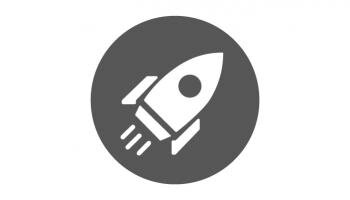Developing Lessons Learned, Best Practices, Training Materials, and Guidebooks for Customer Side of the Meter Energy Storage
The project engaged stakeholders and began drafting the energy storage permitting best practices guidebook.
Center for Sustainable Energy
Recipient
San Diego, CA
Recipient Location
39th
Senate District
78th
Assembly District
$890,964
Amount Spent
Active
Project Status
$1,000,000
Award Amount
$244,000
Co-funded Amount
EPC-19-026
Agreement Number
-
Project Term
Oakland, CA
San Diego, CA
Site Location(s)
Copy Project Link
Follow Project
Project Update
The Center for Sustainable Energy (CSE) published a draft version of the Energy Storage Permitting Guidebook through the CEC and held a public workshop to gather feedback in 2023. Version 1 of the Energy Storage Permitting Guidebook is expected to launch on the CSE website in 2025, and CSE will hold training workshops for the guidebook in the second half of 2025.
The Issue
While behind-the-meter (BTM) energy storage is experiencing rapid technological advancement, cost reductions, and customer adoption through advanced initiatives and programs, energy storage permitting practices in California lack standardized processes among the 500+ local governments responsible for permitting all BTM energy storage systems. This lack of standardization makes permitting costs higher and can result in significant delays in project deployment.
Project Innovation
The project's goal is to develop a guidebook with concise, replicable permitting best practices for diverse types of BTM energy storage technologies that Authorities Having Jurisdiction (AHJ) and industry can use to develop standardized, streamlined permitting processes. The best practices will be developed using input gathered from key stakeholders such as permitting officials, energy storage developers, first responders, and codes and standards professionals. The project's goal is to develop a guidebook with concise, replicable permitting best practices for diverse types of BTM energy storage technologies that Authorities Having Jurisdiction (AHJ) and industry can use to develop standardized, streamlined permitting processes. The best practices will be developed using input gathered from key stakeholders such as permitting officials, energy storage developers, first responders, and codes and standards professionals.
Project Goals
Project Benefits
This project will result in a replicable, actionable set of guidelines that AHJs can implement and modify to meet local needs. This will be done via a standardized permitting review and approval process created for BTM energy storage systems. Stakeholders throughout the state will provide input for guidebook content and help disseminate best practices of energy storage permitting.

Affordability
Streamlining and standardizing the permitting process for behind the meter energy storage will save customers, permitting authorities, and builders and contractors time and money.

Consumer Appeal
By providing a user-friendly approach to permitting, the guidebook reduces the barrier to entry for parties interested in adopting energy storage, making it easier to implement more clean energy solutions.
Key Project Members

Dema Tzamaras
Subrecipients

National Renewable Energy Laboratory

Pacific Northwest National Laboratory

Guidehouse Inc.

California Solar and Storage Association

Match Partners

National Renewable Energy Laboratory

Center for Sustainable Energy



